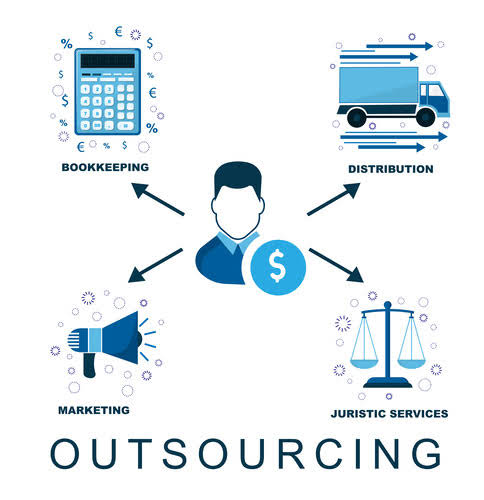
With FOB destination, ownership of goods is transferred to the buyer at the buyer’s loading dock. It is important to note that FOB does not define the ownership of the cargo, only who has the shipping cost responsibility. The invoice automatically does the math, including the subtotal, total, and amount due (you can also specify if some part of fob shipping point the amount has already been paid). There is also a field where you can include notes, such as shipping instructions and dates. With an accrual accounting system, income and expenses are reported as soon as cash is earned or debt is incurred. So, an FOB transaction could muddy your financial picture as you make a quarterly financial statement.
- The term “FOB” goes back to the time of sailing ships when freight was “passed over the rail by hand.” Once the goods were over the ship’s rail, they shifted from the owner’s to the buyer’s responsibility.
- If the goods are damaged in transit, the supplier should file a claim with the insurance carrier, since the supplier has title to the goods during the period when the goods were damaged.
- The qualifiers of FOB shipping point and destination are sometimes used to reduce or extend the responsibility of the supplier in an FOB shipping agreement.
- Simultaneously, while the treadmills have not yet been delivered, the buyer has now officially taken responsibility for the goods.
Want More Helpful Articles About Running a Business?
Depending on the agreement, you may have to pay for part or all of the shipping and transport costs. Which may mean you’ll need to have a shipping company move the goods by sea or air from the seller’s country to your country. There are certain situations when CIF is the better option to use when shipping and receiving goods. It’s a good idea to use a CIF contract when buyers deal with international suppliers, especially when sellers have easy and direct access to shipping vessels. CIF agreements cut down the need for buyers to take care of logistics in areas where they may not have experience, so all they need to do is simply take possession of the shipment once it arrives. Keep in mind, though, that CIF agreements are normally much more expensive than others.

FOB Freight Collect and Allowed
Under a FOB agreement, the supplier assumes responsibility until the goods are loaded onto the shipping vessel. This means they pay for the goods to be transported to the port and onto the vessel. Even if you deliver goods to your customers in your own vehicle, FOB could save the buyer from paying sales taxes on your delivery charge. If the customer pays you for the lamp on delivery (FOB destination), some states will add sales tax to your delivery charge. In either case, make sure you document where the transfer of ownership takes place so you have backup in case of an audit. If the seller of goods quotes a price that is FOB shipping point, the sale takes place when the seller puts the goods on a common carrier at the seller’s dock.
FOB Add-on Terms
With CIF, the seller does most of the legwork, taking responsibility for the goods all the way to the buyer’s port. Alternatively, with FOB, the buyer assumes full liability for all costs and risks as soon as the cargo is loaded onto the ship. FOB is important for small business accounting because it sets the terms of the shipping agreement. FOB determines whether the buyer or the seller pays the shipping costs and who is responsible if the shipment is damaged, lost or stolen.


Some companies will offer different international shipping for different types of products. Under CPT, or “carriage paid to,” the seller pays for delivery of goods to a carrier or nominated location and assumes risks until the carrier takes possession. Unless there are additional terms in the shipping agreement, buyers handle any freight charges for FOB shipping point goods from when the shipping vessel departs to when they receive their purchase.

- Recording the exact delivery time when goods arrive at the shipping point can be challenging.
- CIP stands for “carriage and insurance paid to” says that the seller pays for delivery and insurance of goods to a carrier or nominated location.
- Incoterms aim to simplify international trade by offering a standardized set of terms, reducing misunderstandings and disputes.
- If you know the risks and aren’t willing to bear them, FOB shipping point may not be your best option.
- CIF is commonly used for large deliveries, including oversized goods, that are shipped by sea.
- They only need to get the goods to the nearest port and load them onto the vessel.
Get a demo of Freightos.com’s Enterprise Shipper capabilities
- There are 11 internationally recognized Incoterms that cover buyer and seller responsibilities during exports.
- FOB also determines when a business will record a sale for accounting purposes.
- Many times, sellers will invoice buyers for the cost of shipping and insurance, adding extra fees to increase their profit.
- However, it also entails drawbacks, including the potential for disputes over transfer points, limited control over the shipping process, and inherent risks of loss or damage during transit.
- An “FOB San Francisco” shipment means you’re responsible for shipping them from San Francisco to Dallas and own the goods when the shipping company picks them up.
- For example, if a company was shipping its goods to New York City, it would be written out as FOB New York.







